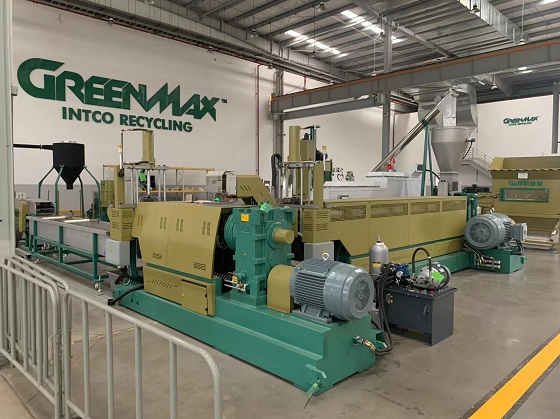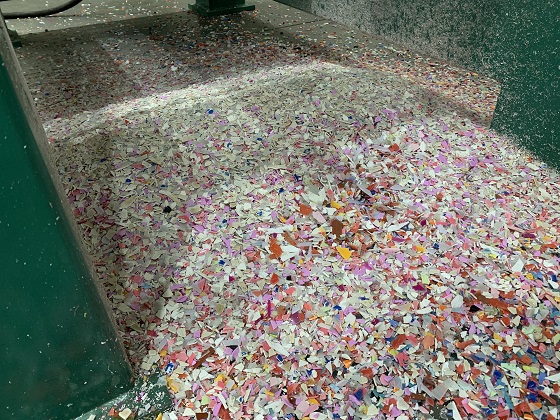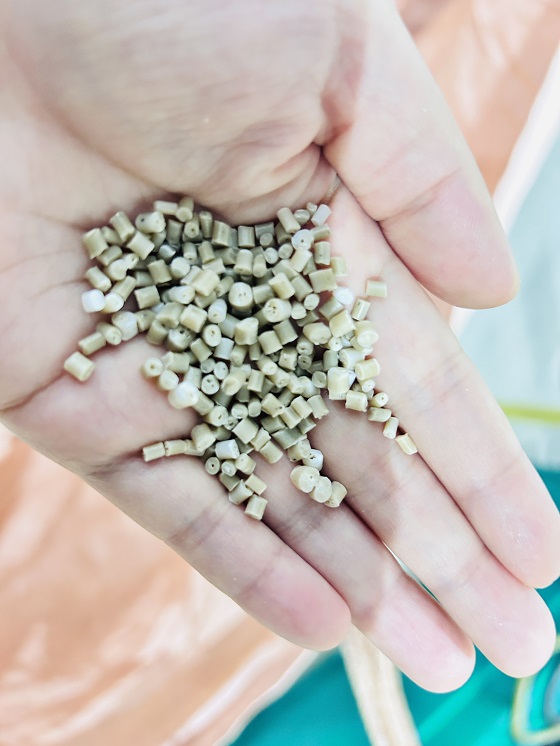GREENMAX Rigid Plastic Pelletizing Machine: A Game-Changer for Australia's Rigid Plastic Recycling Efforts
As environmental concerns grow globally, plastic recycling has become a priority for countries seeking to reduce waste and promote sustainability. Australia, with its commitment to reducing plastic waste and improving recycling rates, has made significant strides in addressing plastic pollution. The introduction of the GREENMAX Rigid Plastic Pelletizing Machine offers a promising solution to one of the most challenging recycling processes: the recycling of rigid plastics.

Understanding the Need for Rigid Plastic Recycling in Australia
In recent years, Australia has faced increasing pressure to improve its recycling systems, especially in the wake of the plastic waste ban by China. The Australian government has responded with initiatives such as the National Plastics Plan (2021) and the Plastic Recycling Industry Strategic Plan, which emphasize the importance of increasing the recycling rate of plastics and reducing the amount of waste sent to landfills.
Rigid plastics, such as those used in household appliances, automotive parts, and various industrial products, are particularly difficult to recycle due to their complex nature and contamination from other materials. However, these plastics represent a significant portion of Australia’s waste stream, and finding efficient ways to recycle them is crucial for reducing the environmental impact.
How the GREENMAX Rigid Plastic Pelletizing Machine Works
The GREENMAX Rigid Plastic Pelletizing Machine is designed to address the specific challenges of recycling rigid plastics. Unlike traditional plastic recycling machines, this system is optimized for processing rigid materials like PE, PS, ABS, and PP, which are commonly used in the manufacturing of durable products.
The process begins by feeding the rigid plastic waste into the machine. The GREENMAX machine features advanced technology that efficiently shreds and compacts these materials into small pellets, which can then be reused in the manufacturing process. This is a critical step in closing the loop of the plastic lifecycle—transforming plastic waste into a resource that can be used again.
Key benefits of the GREENMAX Rigid Plastic Pelletizing Machine include:
High Efficiency: The machine is designed to handle large volumes of rigid plastic waste with minimal downtime, making it suitable for both industrial and municipal applications.
Energy Efficiency: GREENMAX machines are known for their low energy consumption, which reduces operational costs and supports sustainable practices.
Versatility: The machine can process a wide variety of rigid plastics, from PP/PE to ABS, offering flexibility to recycling facilities handling different types of plastic waste.
Quality Pellets: The machine produces high-quality pellets that can be directly used in the production of new plastic products, reducing the need for virgin plastic and contributing to a circular economy.

Aligning with Australia's Recycling Goals
The introduction of the GREENMAX Rigid Plastic Pelletizing Machine aligns well with Australia’s ambitious recycling targets. In the National Waste Policy Action Plan, Australia aims to recycle 80% of all plastics by 2030. The use of advanced machinery like the GREENMAX pelletizer is key to achieving this goal, especially when it comes to hard-to-recycle plastics.
Furthermore, Australia’s state-based initiatives, such as those implemented in New South Wales (NSW) and Queensland, have created specific frameworks to encourage the recycling of rigid plastics. In NSW, for example, the Plastic Action Plan focuses on improving plastic recycling infrastructure and increasing recovery rates. The GREENMAX Rigid Plastic Pelletizing Machine offers a practical solution for waste management facilities in these regions to process rigid plastics more efficiently.
In Queensland, the Plastic Recycling Scheme and the push for a circular economy provide further incentives for businesses to invest in recycling technologies. Local councils are being encouraged to improve their recycling systems, and GREENMAX's machine could play an integral role in this transformation by reducing the amount of plastic that ends up in landfills.

The Benefits of Using the GREENMAX Pelletizer for Australian Recycling Businesses
For recycling facilities in Australia, the investment in a GREENMAX Rigid Plastic Pelletizing Machine brings several advantages:
Cost Efficiency: Reducing plastic waste and turning it into reusable pellets can help recycling businesses cut down on operational costs, particularly in the long run, as they reduce their reliance on virgin plastic materials.
Environmental Impact: By recycling more hard plastics and turning them into valuable pellets, businesses can help reduce plastic pollution and support Australia’s efforts to lower its carbon footprint.
Compliance with Regulations: The growing regulatory pressure on Australian businesses to meet recycling targets makes adopting efficient recycling technologies like the GREENMAX pelletizer an attractive option. By using this machine, companies can easily stay compliant with local, state, and national recycling laws.
Support for a Circular Economy: The pellets produced by the GREENMAX machine can be used to create new plastic products, fostering a circular economy where materials are continuously reused rather than discarded.
Conclusion
The GREENMAX Rigid Plastic Pelletizing Machine represents a significant advancement in plastic recycling. As Australia continues to push for greater recycling rates and a more sustainable waste management system, technologies like the GREENMAX pelletizer provide a solution that meets the country’s needs for efficiency, cost-effectiveness, and environmental responsibility.
By adopting these advanced recycling solutions, Australia can make a substantial contribution to global sustainability goals and continue on its path towards becoming a leader in plastic recycling and waste reduction. The GREENMAX Rigid Plastic Pelletizing Machine is not just a tool; it’s a key piece of the puzzle in building a circular economy for the future.
